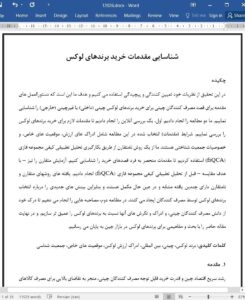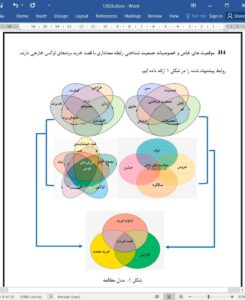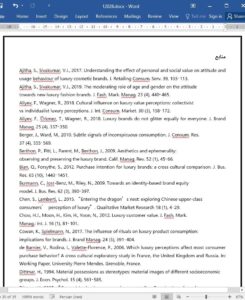Abstract
This research draws upon self-termination and complexity theories and aims to identify the antecedent recipes for Chinese consumers' intention to purchase Chinese- (referred to as domestic) or non-Chinese (referred to as foreign) luxury brands. Two studies were undertaken. First, an online survey was undertaken to examine the antecedent conditions of luxury brand purchase. The opted conditions in this study include value perceptions, special occasions, and demographic profiles. An asymmetrical method by employing fsQCA was used to identify the unique antecedent conditions of purchase intentions. Symmetrical testing was also performed prior to fsQCA as a comparison. The findings from symmetrical and asymmetrical methods share few similar, but nevertheless complementary findings, hence providing new insights into consumers' luxury brand choices. In the second study, interviews were conducted to deepen the understanding of Chinese consumers’ knowledge, perceptions of, and attitudes towards luxury brands. Discussion and implications for marketing luxury brands in the Chinese market conclude this paper.
1. Introduction
The rapid growth of the Chinese economy and the substantial purchasing power of Chinese consumers have led to a high demand for luxury goods consumption. Chinese consumption is expected to account for almost 40% of the total market share of the global luxury goods market in 2025 (McKinsey and Company, 2019; Zhan and He, 2012). Affluent Chinese are willing to pay for luxury goods to highlight status and prestige (Wang et al., 2011). There has been an increase in the demand for the inconspicuous consumption of luxury brands in recent years (Wu et al., 2017), indicating influence of personal values and social influences on luxury brand purchase (Ajitha and Sivakumar, 2017; Bian and Forsythe, 2012; Wilcox et al., 2009).
8. Implications
The research draws on self-determination and complexity theories to examine the antecedent recipes for Chinese consumers’ luxury brand choices by employing both symmetrical and asymmetrical methods. The two methods provide novel insights into the antecedent conditions of purchasing domestic and/or foreign luxury brands in the case of Chinese consumers. These insights were reinforced by conducting 22 interviews in the second study. Consequently, this research contributes to the relevant branding literature as well as practitioners for identifying optimal marketing strategies to promote the luxury brands to Chinese consumers and for appropriate marketing segmentation.











